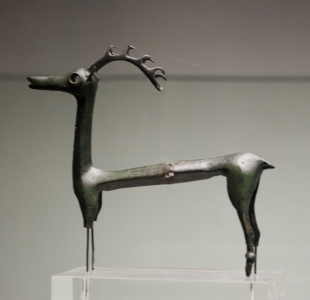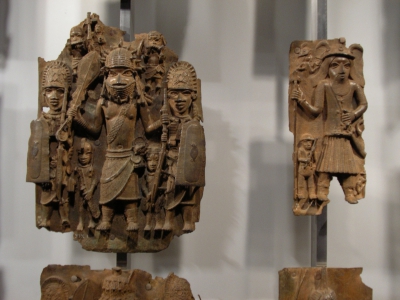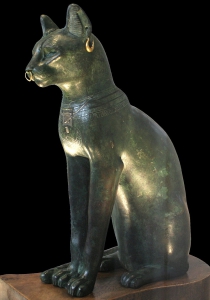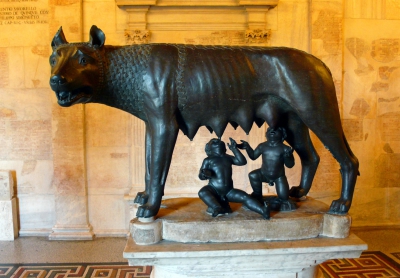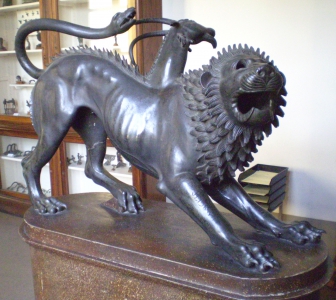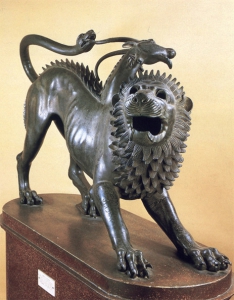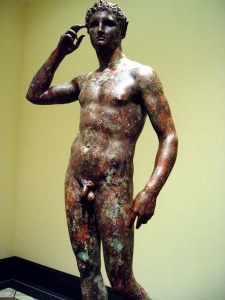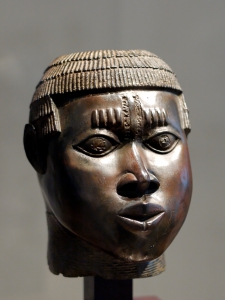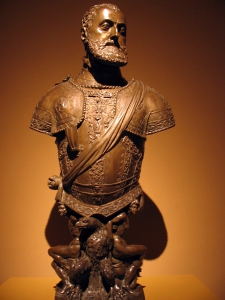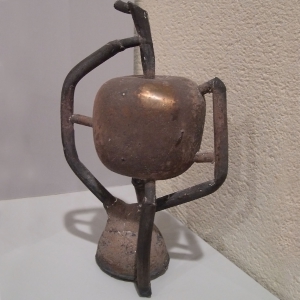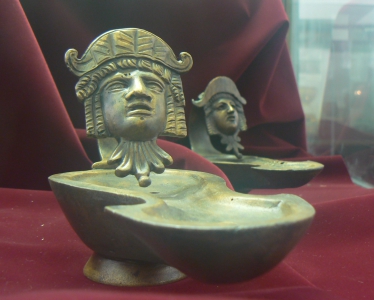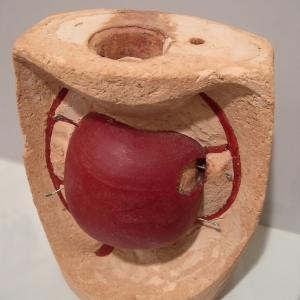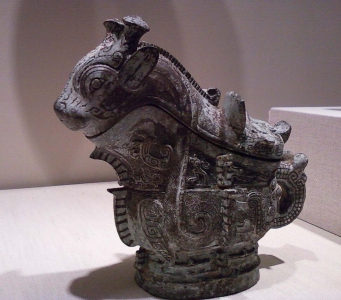The story
The story
ANCIENT ROOTS, INNOVATION AND HIGH TECHNOLOGY AT THE SERVICE OF THE PRODUCTION NEEDS OF THE FUTURE
The process of lost wax casting was born in ancient times and is used by the populations and cultures spread across the Earth-by the Chinese to the Egyptians, Aztecs to the Greeks--to produce operational tools and art sculptures.
Even the Brescian territory, as evidenced by the numerous and significantly valuable Roman bronzes of the Capitolium, shows a marked smelting tradition that expresses generations of talented founders and creates works of major importance.
In the pictures are reproduced splendid sculptures belonging to the artistic heritage of the Roman Museum of Brescia and stored in the halls of the Capitol of Vespasian. These are works in bronze made admirably with the technique of lost wax casting, probably originally placed inside the temple with a decorative function.
Very famous and admired is the imposing statue of winged victory, two meters high and attributable to the first century after Christ; the same period is the portrait of Matron Flavia, a sculpture of remarkable technical quality and attention to detail.
This ancient vocation is today confirms it is renewed by MICROFOND, a leading provider of precision casting based on the lost wax technique.
The resumption of such method in industrial forms and the process of continuous updating make lost wax casting the optimal solution for the realization of complex geometric shapes; There is also the greatest flexibility in the use of these special materials that improve product quality and workability is difficult, such as many metal alloys, stainless steel and nickel alloy, etc.
The process of Metal Injection Moulding (M) It was developed in the early 1990s in the United States, primarily for military applications. In the following years, having overcome the initial difficulties, the method has become increasingly popular, both for the interest of a growing number of companies that are dedicated to the development of the process, both for the expansion of the areas in which they can be used the pieces manufactured with M
Currently I am interested in technology M, or already use it, companies operating in the fields of precision mechanics, aerospace, military, medical, automotive, weapons and watchmaking.

